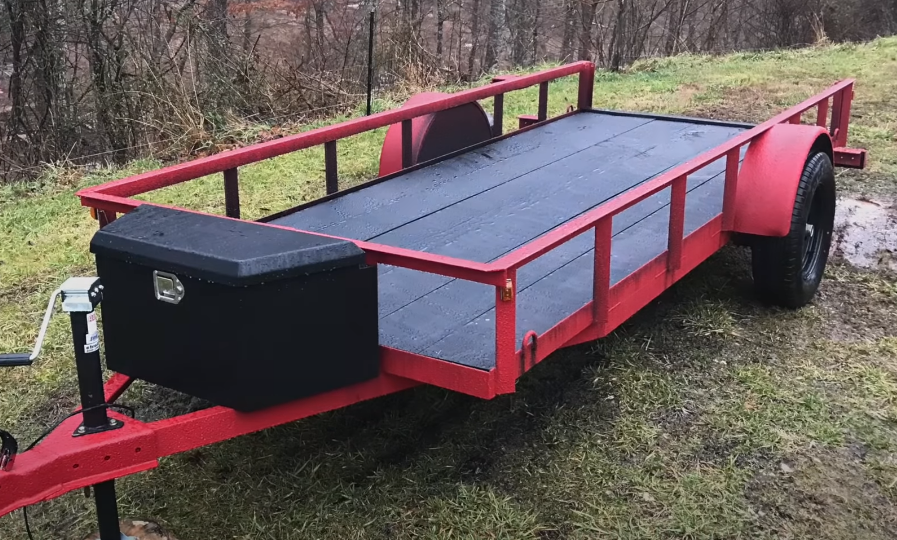Everything You Need to Know About Car Seats
The comfort and safety of your young children when riding in the car should be your primary priority as a responsible parent or guardian. To safeguard your child in the event of an accident or unexpected halt, car seats are an absolute need. However, choosing the ideal car seat may be challenging given the huge range of options. The numerous varieties of car seats, their safety features, installation advice, and everything else you need to know to make an informed choice for your priceless passengers will all be covered in this blog article.

The Importance of Car Seats
Car seats are vital safety tools that protect young passengers during car travel. Car seats give babies and young children a safe and secure environment while reducing the chance of harm and even saving lives in the case of a collision. Car seats reduce impact pressures by using features like five-point harnesses, energy-absorbing materials, and age-appropriate restraints to protect vulnerable body parts including the neck, head, and spine.
They comply with legal requirements in many regions, ensuring parents' adherence to necessary safety standards. Moreover, car seats promote safe driving behavior by setting an example for children, instilling a lifelong commitment to road safety. By using the right car seat for each stage of a child's growth, parents can provide peace of mind, knowing that their precious passengers are safeguarded on every car journey.

Infant Car Seats:
Infants and young children up to the age of two, or until they meet the seat's weight and height restrictions, should ride in rear-facing car seats that are specifically made for that purpose. These seats offer crucial bolstering and the maximum level of head, neck, and spine protection for the infant in the case of a crash.
Convertible Car Seats:
You may utilize convertible car seats in both rear-facing and forward-facing configurations. Depending on the type, they can frequently hold up to 40 to 65 pounds of children from infancy through toddlerhood. The seat may be changed to face forward after a kid outgrows the rear-facing position to continue offering protection and support.
All-in-One Car Seats:
These versatile seats are excellent for different phases of a child's development since they are made to fit youngsters from infancy through booster seat age. In order to provide long-term usage, they may be altered and changed from rear-facing to forward-facing and eventually into a high-back or backless booster seat.
Booster Seats:
Booster seats are intended for older children who have outgrown their convertible or all-in-one car seats. They help position the vehicle's seat belt correctly on the child's body, providing a safe and comfortable fit for children typically between 4 to 12 years old.
Combination Car Seats:
Combination seats are a hybrid of forward-facing car seats and booster seats. They can be used as forward-facing car seats with a harness for younger children, and later transitioned into a booster seat when the child reaches the appropriate height and weight.

Selecting the right car seat is crucial for your child's safety and comfort on car journeys. Consider your child's age and weight as car seats are designed to cater to specific age groups and weight ranges. Choose the appropriate one that aligns with your child's current size to make the best decision.
Next, decide which car seat best fits your child's requirements. Rear-facing baby seats, convertible seats that change from rear-facing to forward-facing, and booster seats for older kids are just a few of the several varieties that are available. Each variety is made to accommodate particular age ranges and developmental phases. Make sure the car seat you select complies with the most recent safety requirements and laws in your nation or region.
Another key concern should be the support and comfort of your youngster. Choose a car seat with enough cushioning, a movable head restraint, and readily adjustable harness straps to allow for your child's growth. As your child develops, take into account the car seat's adaptability as well.
Reading user reviews and seeking recommendations from other parents can provide valuable insights into the practicality and performance of the car seat you are considering. Additionally, opt for a car seat that is easy to maintain and clean, as children can occasionally make messes during travel. Car seats with removable and machine-washable covers can make cleaning a breeze.
Read the Manual: Always refer to the car seat's instruction manual for specific maintenance guidelines from the manufacturer. The manual will provide essential information on cleaning instructions, recommended cleaning agents, and how to maintain the seat's integrity.
Clean Spills and Stains Promptly: Quickly clean any spills or stains on the car seat's fabric or cover. Use a damp cloth with mild soap or a cleaning solution recommended by the manufacturer to gently remove the mess. Avoid using harsh chemicals or bleach that might damage the fabric or compromise fire-retardant properties.
Machine-Washable Covers: Many car seats come with removable and machine-washable covers. Follow the manufacturer's instructions for removing and washing the covers. Use a gentle cycle and mild detergent to wash the covers, and air-dry them to avoid shrinking or damaging the fabric.
Check for Damage: Regularly inspect the car seat for any signs of wear and tear, loose stitching, or broken components. If you notice any damage, discontinue using the seat and contact the manufacturer for guidance on repairs or replacements.
Secure Straps and Buckles: Make sure the harness straps and buckles are reliable and secure. The straps should be regularly inspected for twists or tangles and should be tightened to fit your kid. Clean the buckles in accordance with the manufacturer's recommendations if they are stuck or challenging to use.
Avoid Aftermarket Products: Avoid using aftermarket accessories or products that are not approved by the car seat manufacturer. These items can interfere with the seat's safety and performance and may void the warranty.
Regular Inspection and Reassembly: Inspect the base, straps, and buckles of the car seat on a regular basis to make sure they are all in excellent functioning order. Make careful to correctly reassemble the seat after disassembling it for cleaning by according to the manufacturer's instructions.
Follow Expiration Dates: Car seats have an expiration date stamped on them. Adhere to this date and avoid using an expired car seat, as it may not provide the necessary protection in the event of an accident.
-
How do I install a car seat correctly?
Proper car seat installation is crucial for ensuring its effectiveness in protecting the child. Follow the manufacturer's instructions and the vehicle's owner's manual for correct installation. Many car seats use the vehicle's seat belt or LATCH connectors for installation.
-
Do car seats have an expiration date?
Yes, car seats frequently have an expiration date that may be seen on a label attached to the seat. Usually, six to ten years from the date of manufacturing is the expiration date. Follow the expiration date strictly and replace the car seat when it does.
View another article here: Top 10 Monopods For Ultimate Stability











